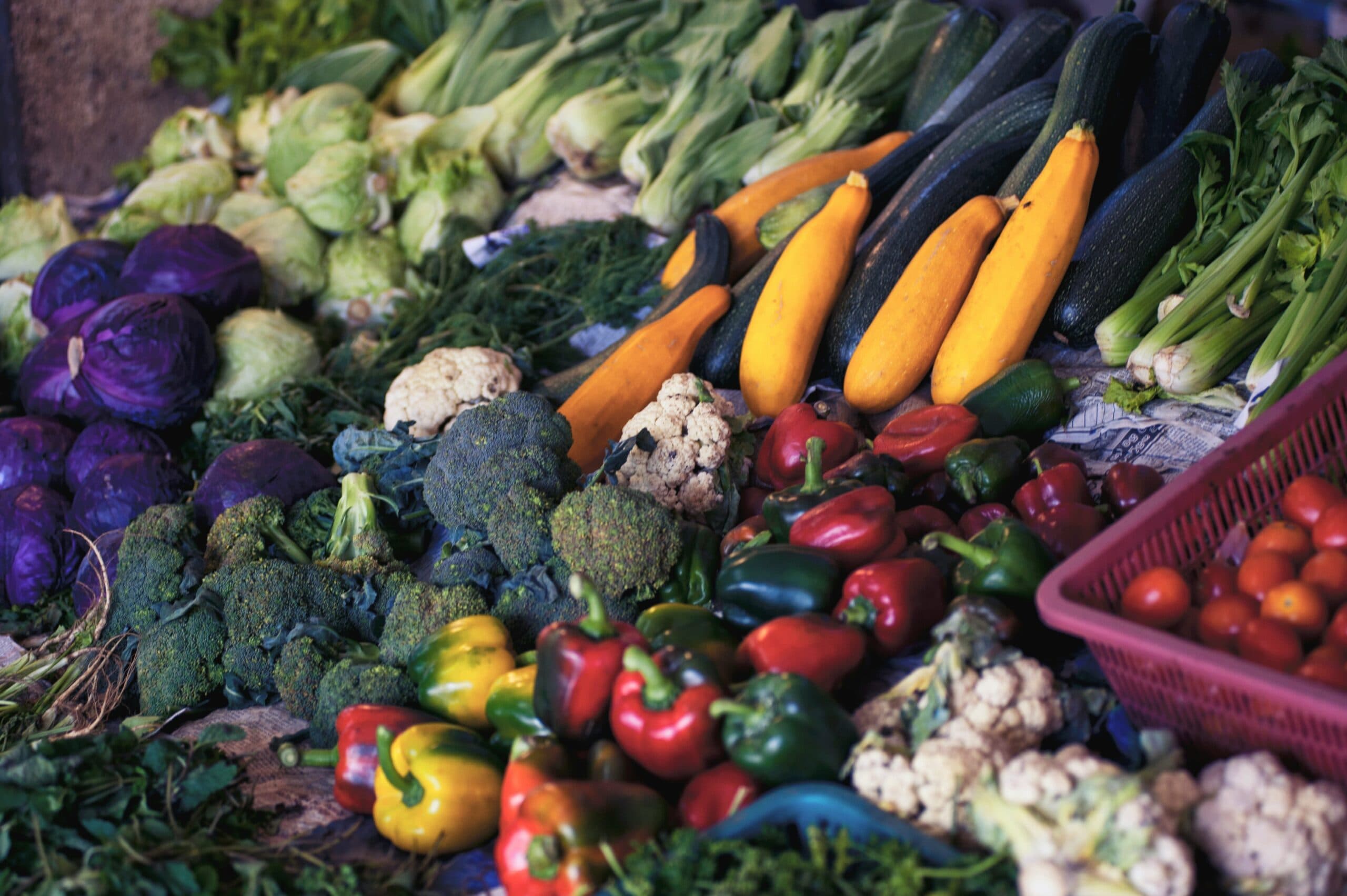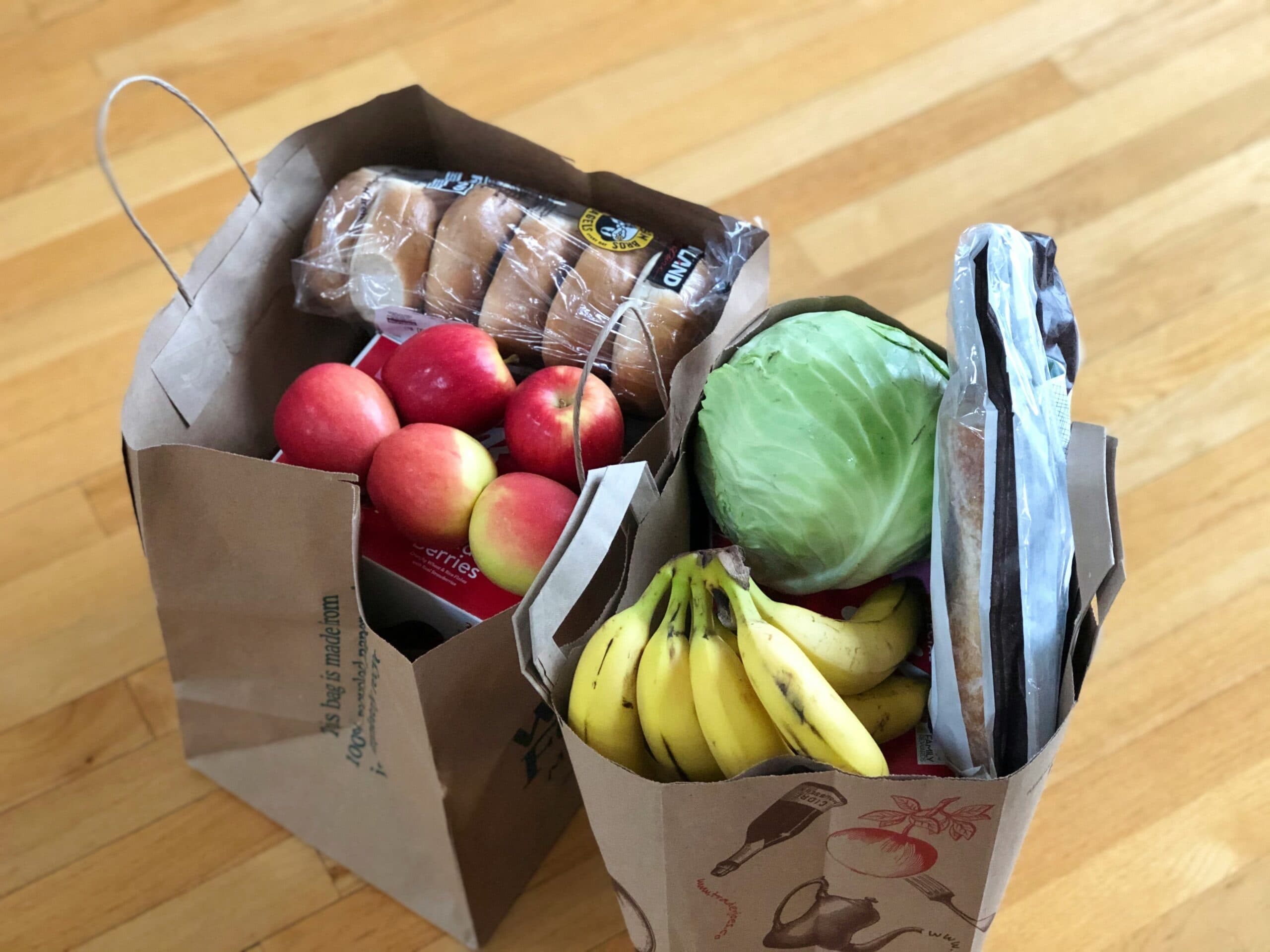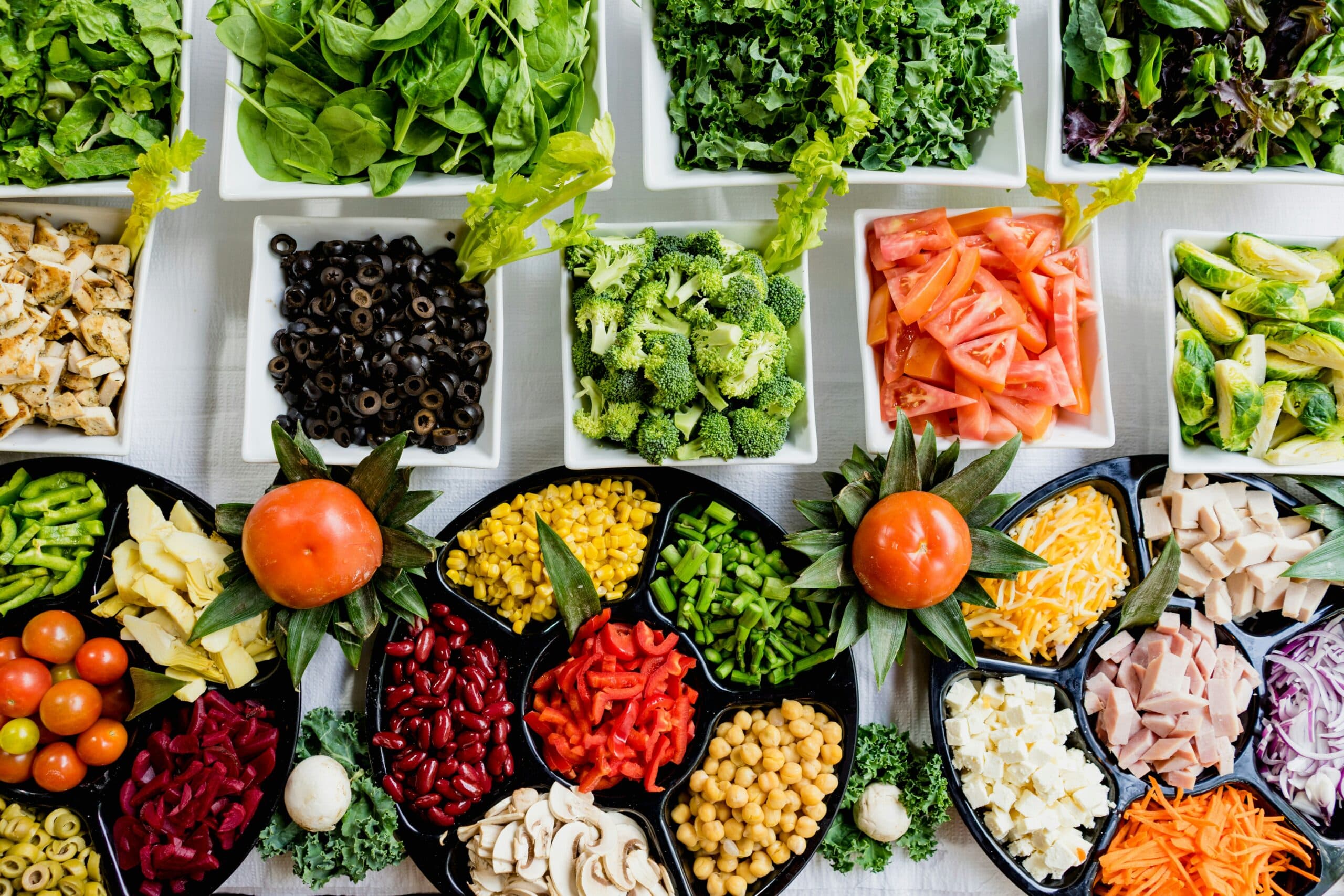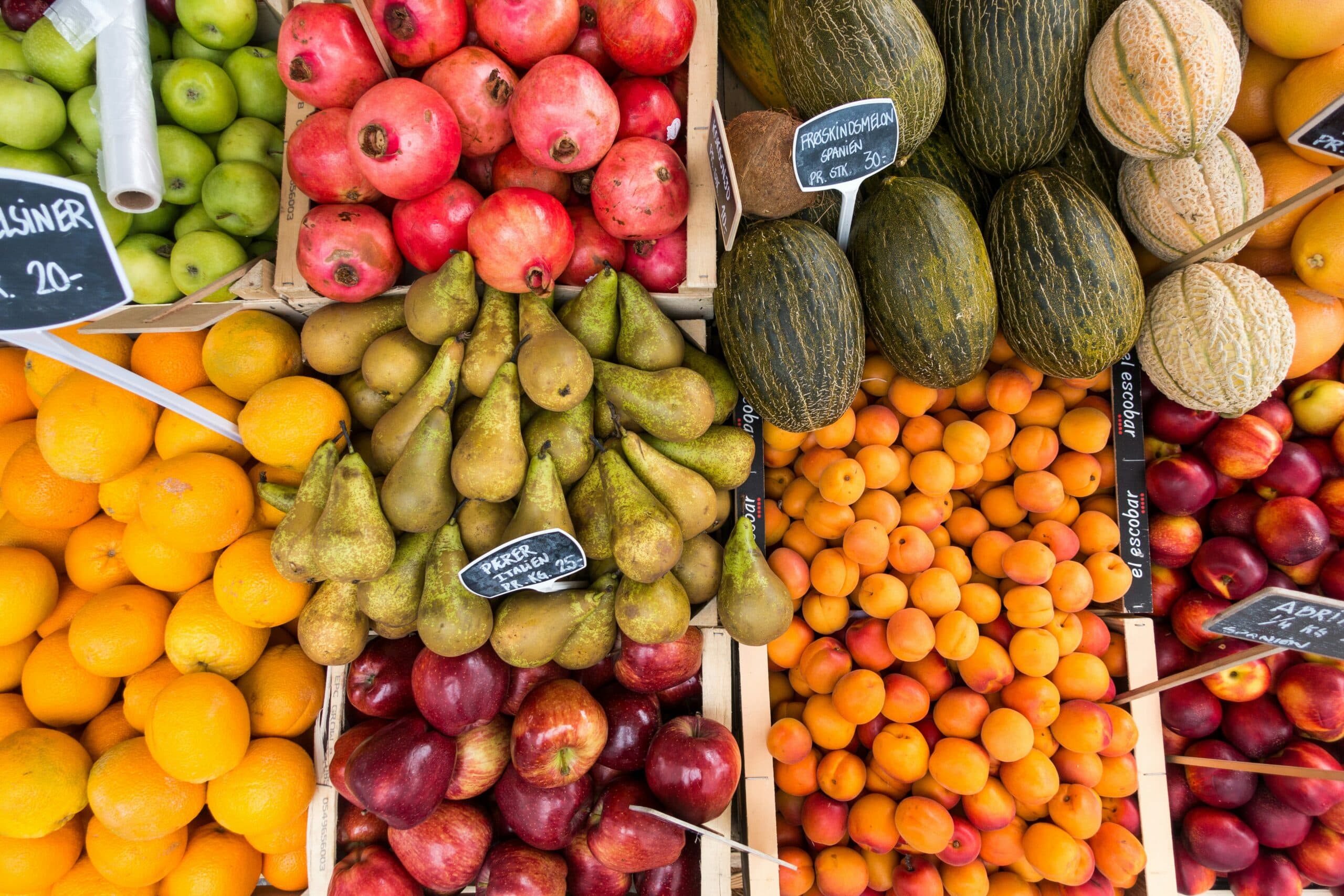
May 10, 2025
Healthy Eating Simplified: Debunking Diet Myths
In a world filled with juice cleanses, carb-free diets, and “magic” weight loss teas, the term healthy eating has become almost unrecognizable. What started as a simple concept has been buried under layers of trends, fads, and conflicting advice.
Let’s cut through the noise. This blog will bring you back to the basics of what healthy eating really means: balanced, nourishing, and sustainable choices that support your body and your life.
Why “Healthy Eating” Is So Confusing Today
If you’ve ever felt overwhelmed trying to eat healthy, you’re not alone. A 2022 study from the International Food Information Council found that more than 80% of Americans are confused about which foods they should be eating.
Much of that confusion comes from the rise of trendy diets that promise quick fixes but rarely offer lasting health benefits. Keto, paleo, raw food, intermittent fasting, the list goes on. While some of these can work for certain people in the short term, most aren’t realistic or necessary for long-term well-being.
What Healthy Eating Is Not
Before we define what healthy eating really is, let’s talk about what it isn’t:
❌ It’s not about eliminating entire food groups
Carbs, fats, and even sugar can be part of a healthy diet in the right amounts and forms.
❌ It’s not a one-size-fits-all approach
What works for your best friend might not work for your body or lifestyle.
❌ It’s not a punishment
Healthy eating shouldn’t feel restrictive or joyless. If you’re dreading your meals, something’s off.
❌ It’s not just about weight loss
Focusing only on weight can lead to unhealthy habits. Healthy eating should support energy, digestion, mood, and long-term health.
So, What Is Healthy Eating?
At its core, healthy eating is about balance, variety, and mindfulness. Here’s what that looks like in real life:
✅ Eat a variety of whole foods
Fill your plate with colorful vegetables, fruits, whole grains, lean proteins, and healthy fats. The more variety, the better your body gets the nutrients it needs.
✅ Prioritize nutrient density
Choose foods that offer more bang for your buck, like leafy greens, sweet potatoes, salmon, and berries. They deliver vitamins, minerals, and fiber without empty calories.
✅ Listen to your body
Eat when you’re hungry. Stop when you’re full. Tune into how different foods make you feel.
✅ Practice balance, not perfection
There’s room for a slice of cake or pizza night with friends. One meal won’t ruin your progress, just like one salad won’t create it.
Debunking Popular Diet Fads
Let’s take a closer look at a few common diet trends that often get mistaken for long-term healthy eating strategies.
Keto
While cutting carbs can lead to short-term weight loss, most people find keto hard to maintain. Long-term, it can be difficult to get enough fiber, certain vitamins, and complex carbs your body needs for energy.
Detoxes and Juice Cleanses
Your liver and kidneys detox your body naturally. You don’t need expensive juices or harsh cleanses to do the job. In fact, extreme cleanses can cause fatigue, nutrient deficiencies, and blood sugar spikes.
Intermittent Fasting
This works for some people but not all. Skipping meals can lead to overeating later in the day, low energy, and disordered eating patterns if not done thoughtfully.
Gluten-Free Everything
Unless you have celiac disease or a diagnosed intolerance, there’s no need to avoid gluten. Many gluten-free products are ultra-processed and less nutritious than their whole-grain counterparts.
The Long-Term Approach: Build Healthy Habits, Not Shortcuts
The most sustainable way to eat healthy is to make small, consistent choices over time. That might mean:
-
Cooking at home more often
-
Swapping soda for water or tea
-
Adding a serving of vegetables to each meal
-
Eating breakfast instead of skipping it
-
Being mindful of portion sizes
None of these changes is flashy. But they are effective. And most importantly, they’re habits you can stick with for life.
Make Healthy Eating Work for You
Everyone’s body, lifestyle, and preferences are different. What’s important is finding a balanced eating style that:
-
Feels satisfying
-
Gives you energy
-
Supports your long-term health
-
Fits into your daily routine
Healthy eating is not a destination. It’s an ongoing journey of making informed, supportive choices that work for you, not a trend or a checklist.
Ready to Ditch the Diet Fads?
If you’re tired of short-term fixes and want real, lasting strategies, we can help. Contact Aisle Insights for custom grocery planning and personalized nutrition guidance that fits your life.
Recent Posts

The Rainbow Diet: Why Eating a Variety of Colors is Key to Getting All Your Nutr...
August 13, 2025

Grocery List for a Low-Processed Diet
August 12, 2025

Clean Eating Myths Debunked
July 12, 2025

Shopping for Special Diets: Gluten-Free, Dairy-Free, and Plant-Based Eating
July 9, 2025

Vegetarian Protein Sources That Won’t Empty Your Wallet
June 6, 2025

The Paleo Shopping List: Your Guide to Stocking a Primal Pantry
June 4, 2025
